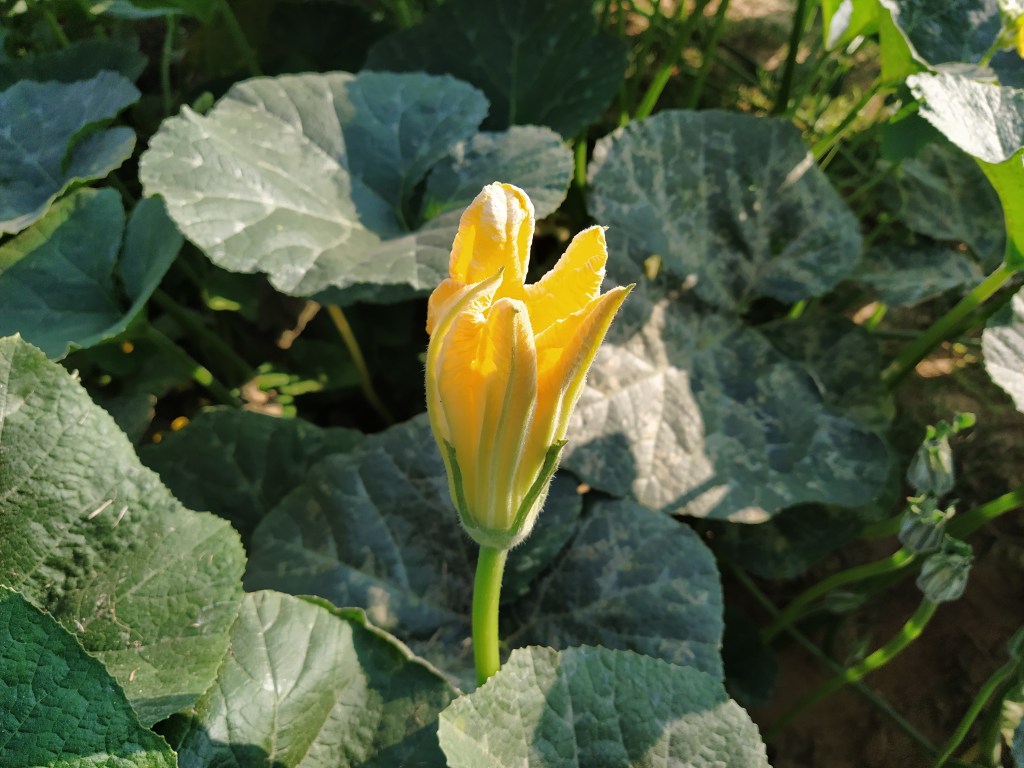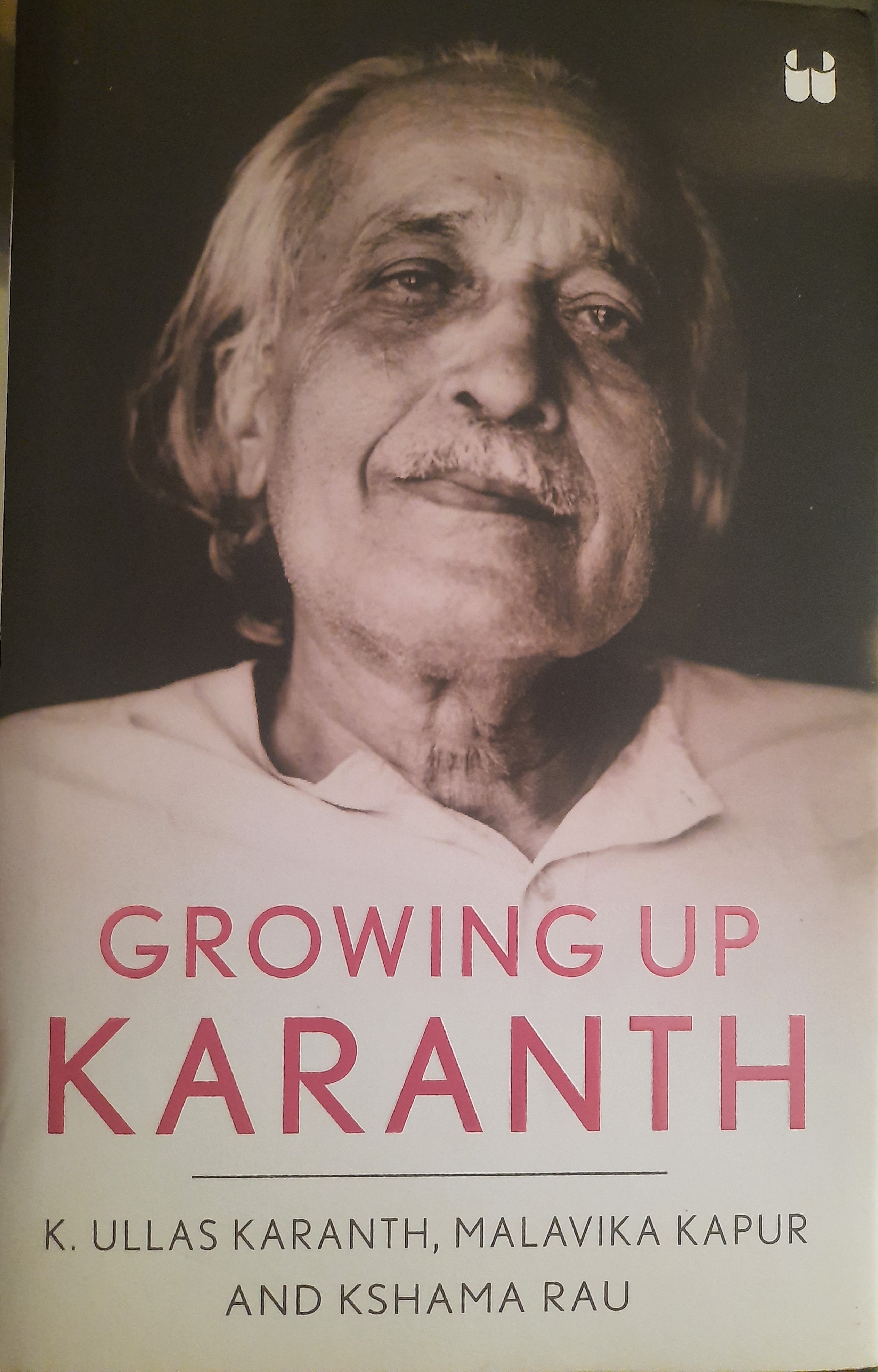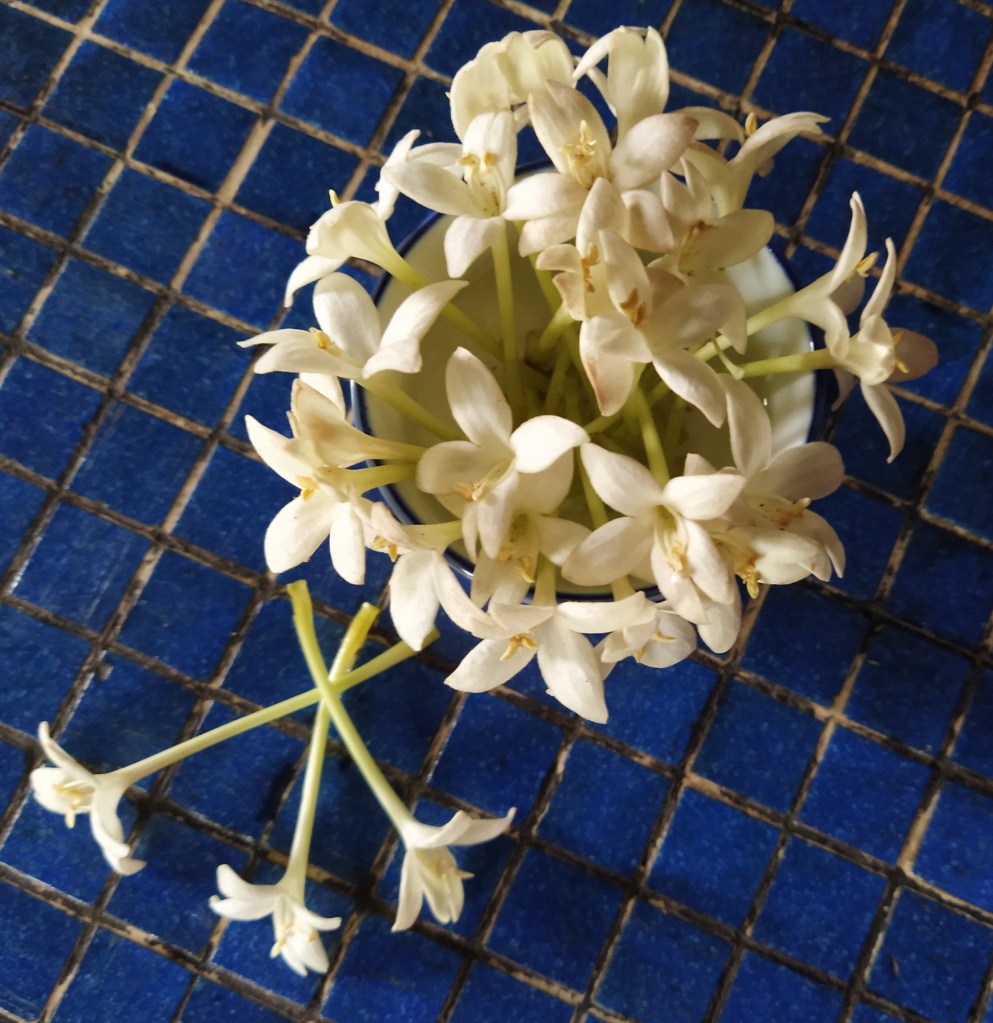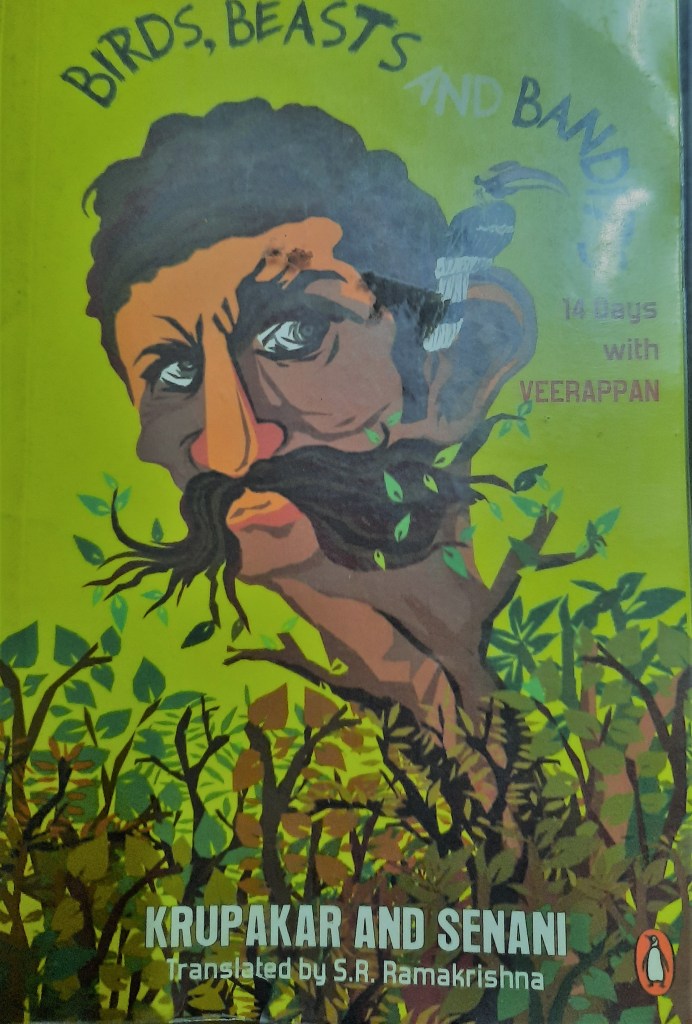2021. What a year it has been. A year of bewilderment and bereavement. A year of being confined, and yet feeling adrift. A year of feeling connected by a common enemy, and yet feeling utterly alone, and helpless.

A year when we looked for even the faintest glimmer of hope at the end of what seemed like an endless dark tunnel. And then, as that glimmer grew brighter, the world strained at the leash, eager to be out and about. A demonstration of human resilience and, above all, of hope.
Much has been written how this period led us to look within, to discover in our deep recesses the strength that we did not know we possessed, or the value of bonds that we were often too busy to nurture. It led humanity to introspect, and we turned to the thoughts of wise men who saw the larger picture much before we did.
Two of these wise men, passed away this week, both on 26 December–Archbishop Desmond Tutu at the age of 90, and EO Wilson who passed away at the age of 92. Two persons that have inspired me, and about whom I have written earlier in this space.
Both very different, one a spiritual leader who was also an activist for human rights, and the other a world renowned scientist who devoted his life to studying the natural world, but who was also an activist, inspiring others to care for the natural world, as he did.
Both sharing a very similar world view and vision for the future of humanity.
This is a good time to recall some words of wisdom from these visionaries.
Edward Osborne Wilson or EO as he was called was not just the world’s foremost authority on the study of ants (a myrmecologist) but one of the founding fathers of, and leading expert in socio-biology and biodiversity
Tributes to EO Wilson describe him as “a true visionary with a unique ability to inspire and galvanize. He articulated, perhaps better than anyone, what it means to be human”.
“His gift was a deep belief in people and our shared human resolve to save the natural world”.
“A relentless synthesizer of ideas, his courageous scientific focus and poetic voice transformed our way of understanding ourselves and our planet”.
Alongside a distinguished academic career EO Wilson was a passionate naturalist who continuously drew attention to the fragility of the biosphere and advocated for its protection and nurture. He saw hope in the youth as the stewards of our planet.
His mission and vision was beautifully articulated in a Commencement Address that he gave in 2011 at the University of North Carolina.
“This is the time that in order to do that so we will have to evolve a better world order than the one we have now, which I like to call our Star Wars Civilization. I mean we have stone-age emotions, medieval institutions and godlike technology. In the case of emotions they evolved in pre-history over millions of years. In the case of our institutions, especially within religions and ideology, we are in constant conflict. And in the case of our technology, we are seeing things going almost beyond the control of our imagination. These three stanchions of current civilization explain why we are constantly in trouble. They are dangerous. They are very serious problems for the rest of life and, ultimately, with that ourselves. And today we are still (far) from even at the margin of solutions.
Ours is above beyond all an exponential world, changing faster than at any period of history before. We are now in the early period of an overwhelmingly techno-scientific civilization, connected literally person to person. The accumulated knowledge of the world is already at the zettabyte level — that’s a one followed by 21 zeroes of bytes. It is growing faster and faster by the digital revolution in communication, which is changing everything—all that we know, all that we need to quickly learn, all that we need to understand in order to survive as a species. The trajectory of history can only be dimly foreseen. It will consist of shocks and surprises. This country and the rest of the world needs university-trained young people prepared not only by knowledge itself but by the capacity to find new knowledge in order to respond quickly to unexpected needs and crises, challenging all the various professions, and in public affairs, and in simple, everyday life. And, with it all, to think upon and understand the meaning of humanity and yourselves and your lives. So, go forth. Think. Save the world.”
Today, EO Wilson’s words from a decade ago are resounding more true than ever before. And his call for humanity to see itself as part of a larger interconnected universe is even more urgent than it ever was. It echoes Archbishop Tutu’s constant reminder that “It does help quite a lot to see yourself as part of a greater whole.”
Desmond Tutu was an early member of The Elders an international non-governmental organisation of public figures including statesmen, peace activists and human rights advocates who were brought together by Nelson Mandela in 2007. The Elders offered to use their collective experience to work on solutions for seemingly insurmountable global issues and conflicts.
For Desmond Tutu the magic mantra that could guide these solutions was “Ubuntu”– a Zulu proverb that says: “I am a person through other people. My humanity is tied to yours.” Archbishop Tutu felt that Ubuntu was the essence of being human. “Ubuntu speaks particularly about the fact that you can’t exist as a human being in isolation. It speaks about our interconnectedness … We think of ourselves far too frequently as just individuals, separated from one another, whereas you are connected and what you do affects the whole world. When you do well, it spreads out; it is for the whole of humanity.”
“You can think about others who are in a similar situation or perhaps even in a worse situation, but who have survived, even thrived. It does help quite a lot to see yourself as part of a greater whole.”
Desmond Tutu’s life was fraught with numerous challenges and hardships, but his resilience stemmed from his ability to find joy even in the grimmest of situations. But he also warned that Joy was never unadulterated. “Discovering more joy does not, I’m sorry to say, save us from the inevitability of hardships and heartbreaks. In fact, we may cry more easily, but we will laugh more easily, too. Perhaps we are just more alive. Yet as we discover more joy, we can face suffering in a way that ennobles rather than embitters. We have hardship without becoming hard. We have heartbreak without being broken.”
“Much depends on your attitude. If you are filled with negative judgment and anger, then you will feel separate from other people. You will feel lonely. But if you have an open heart and are filled with trust and friendship, even if you are physically alone, even living a hermit’s life, you will never feel lonely.”
When we see others as separate, they become a threat. When we see others as part of us, as connected, as interdependent, then there is no challenge we cannot face—together.”
We have lost two wise men who, both from their own perspective, saw the interconnectedness of everything, and had an unerring faith in the power of connections.
Let their words continue to light our way as we look ahead with hope, to the new year.
–Mamata










